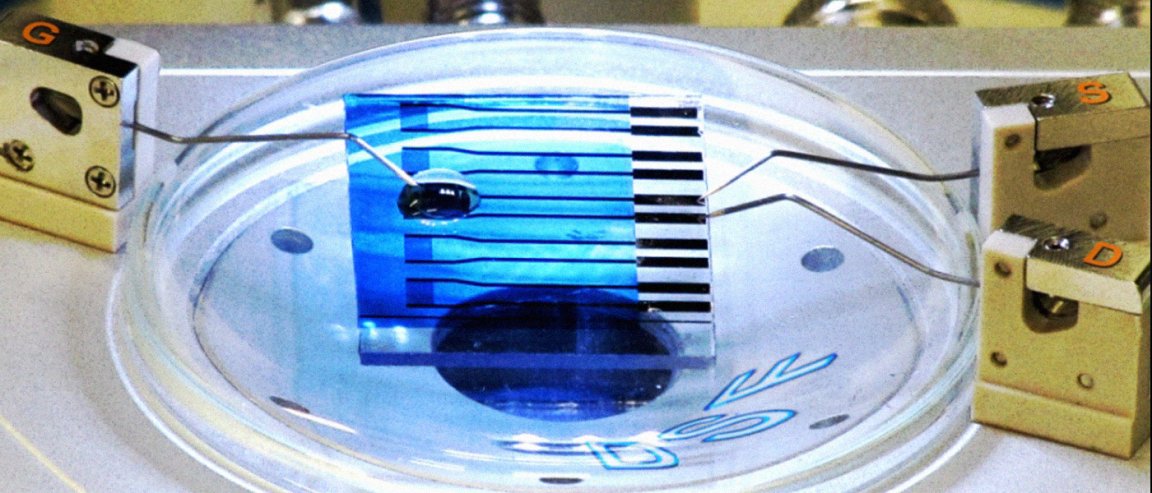
Tiny Technology
As we are all well aware, our technologies are getting smaller and smaller. From phones to TVs to computers, the electronic world is all about getting lighter and diving into the world of the microscopic. And the same is true of the medical industry.
Case in point, researchers at the National Nanotechnology Laboratory (LNNano) in Brazil have developed their own nano-scale biosensor capable of detecting certain cancers and neurodegenerative diseases.
Carlos Cesar Bof Bufon, one of the researchers involved in the project, stresses that their device isn’t just portable, but also more effective as a sensor. He explains, “the device can detect such molecules even when they’re present at very low levels in the examined material, thanks to its nanometric sensitivity.”
“Platforms like this one can be deployed to diagnose complex diseases quickly, safely and relatively cheaply, using nanometer-scale systems to identify molecules of interest in the material analyzed,” says Bof Bufon.
How it Works
The tiny tool is an electronic device which basically consists of an organic transistor on a glass scale exposed to a liquid medium.
Transistors are devices that regulate current or voltage flow, and they act as a kind of switch or gate for electronic signals. Based on its architecture, the device’s transistor may be regarded as unconventional, having only a single layer, whereas these are usually formed in multiple layers of various materials.
In this is a reduced form of peptide glutathione (GSH). This compound is known to react with glutathione transferase (GST), an enzyme associated with diseases such as Parkinson’s, Alzheimer’s, and breast cancer. This GSH-GST reaction is what the tool bases its diagnosis on through the devices’s transistor.

Furthermore, the team claims that by simply replacing the GSH with other compounds (analytes) sensitive to other molecules particularly associated with certain diseases, the device becomes as versatile as it is portable.
According to the press release, the team’s development of the biosensor is now regarded as one of the most advanced studies of LNNano, but the work is far from over. Currently, the researchers are still in the process of going paper-based with their biosensor, drastically lowering cost of production and increasing portability.
The team’s study has been published in Organic Electronics.